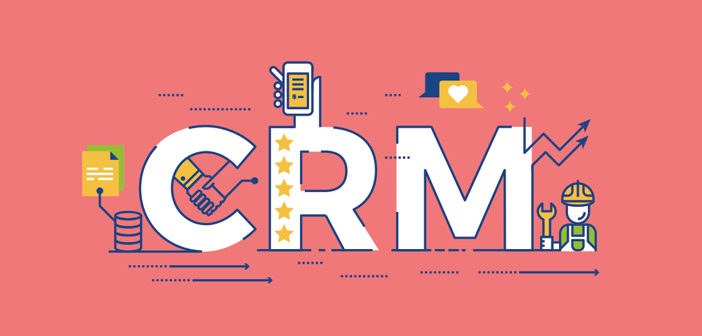There are three main types of CRM. We introduced the importance of a CRM for your company in this article and now we are going to detail the three main types of this tool.
CRM is a software that includes processes, technologies and contact channels starting from organized objectives in order to create a positive experience for the consumer, thus creating value for the company.
The main types of CRM are strategic, analytical, operational.
Strategic CRM is based on a strategy. Obvious the fact that this strategy must be oriented towards the client who is placed at the center and has the objective of creating maximum value for him.
The strategic CRM aims to create a system based on the centrality of the customer by hypothesizing – through the acquisition of new customers and the maintenance of the loyalty of those already acquired, the contribution to the overall corporate growth.
The analytical CRM concerns the management and analysis of customer data in the current and potential panel. It also deals with using these collected data of undoubted value.
His is an ongoing activity that constantly analyzes the characteristics of customers and the data that is collected regarding their transitions, sales and orders, adhesions to promotions and interactions between company and customer.
This approach is interesting both for those who deal with retail (we think only of e-commerce of any order of magnitude) and for those who deal with Business to Business for larger customers, especially regarding production and stock management.
Finally, the analytical CRM, among the main types of CRM, is that which concerns all operations for the management of the services offered to its customer. Including after sales service.
This type of CRM uses different processes to implement direct contact activities. Be these emails, SMS, contact with the sales force and both for incoming activities (calls to the call center, access to the site or social media interactions).
In this way, operational CRM automates and improves all the processes that connect the company with its customers by grouping the data into segments so that they can reach the different types of customer with personalized messages (and why not, offers).



